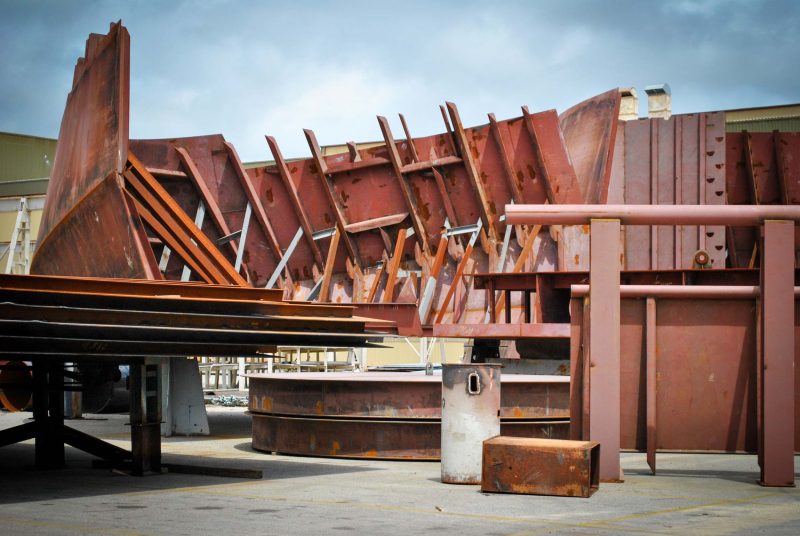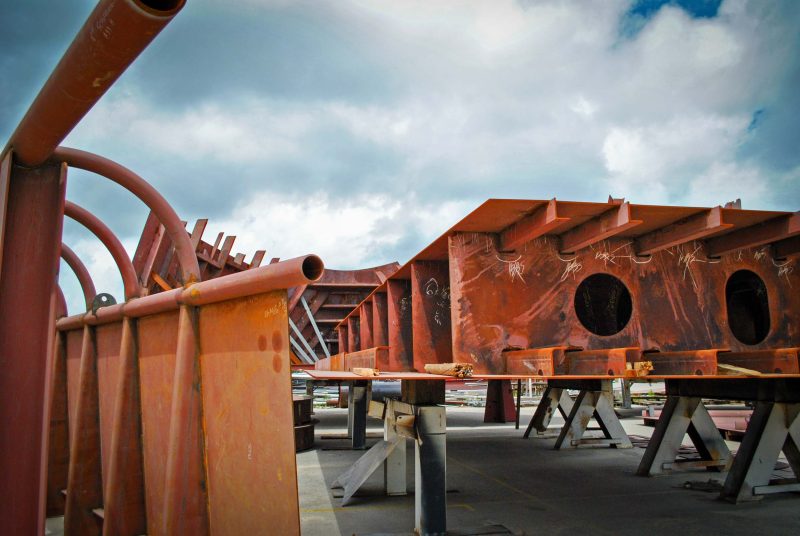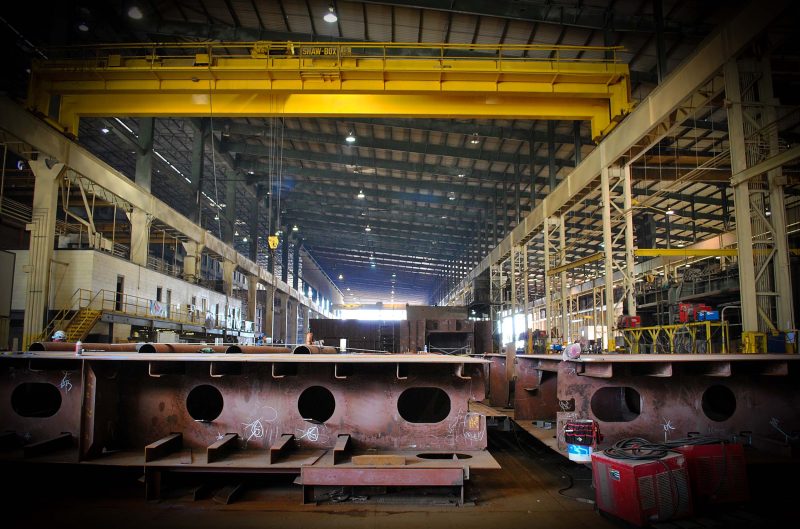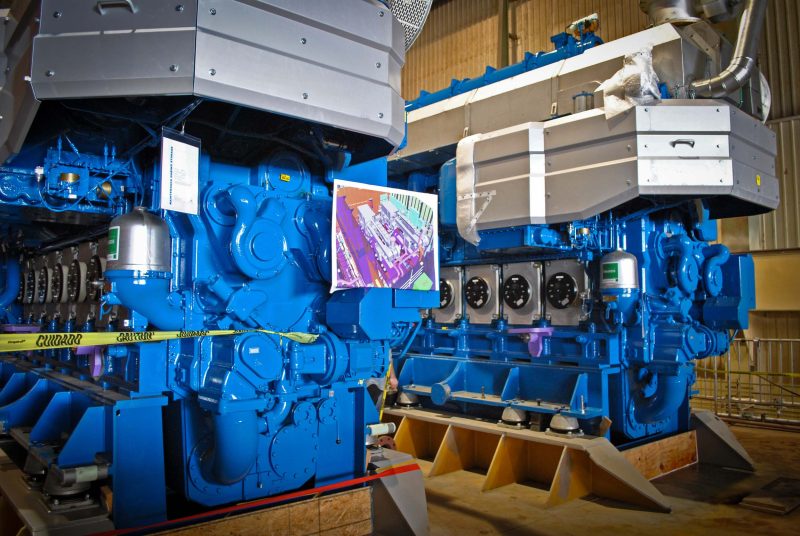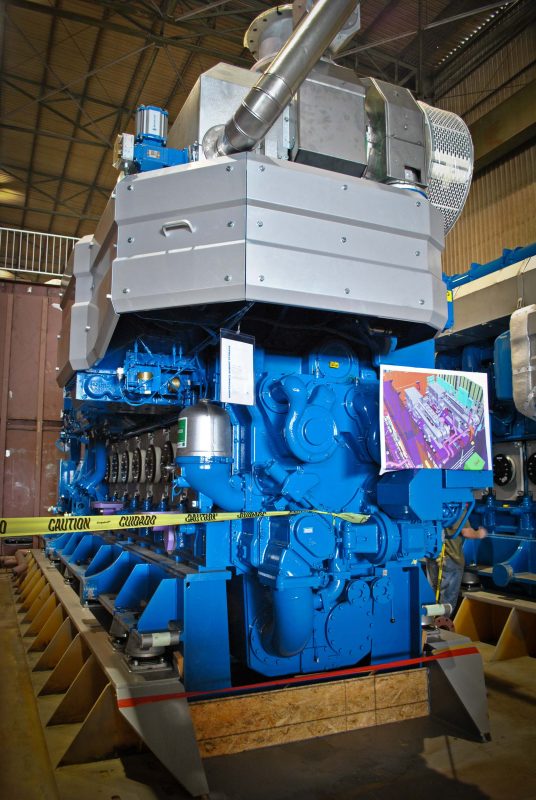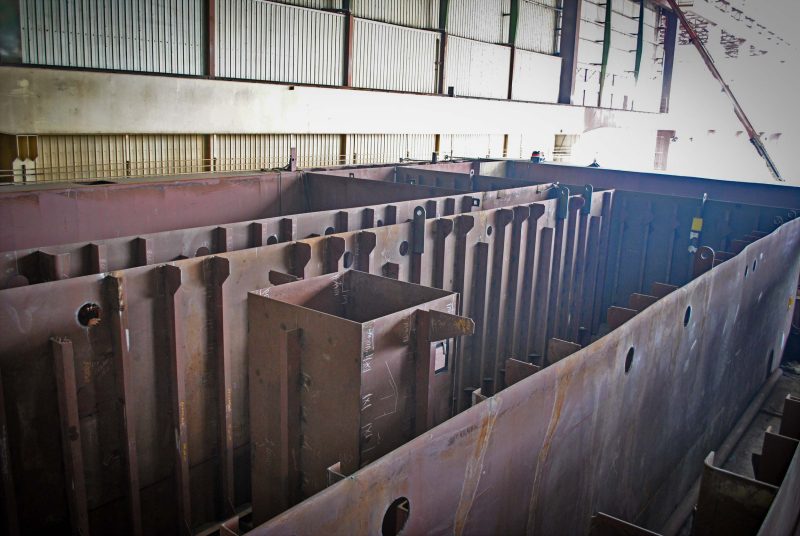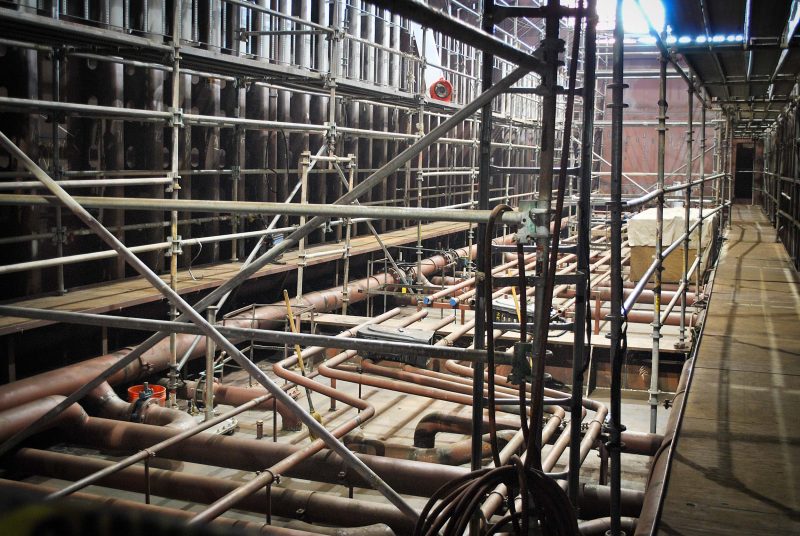
LNG as a ship fuel
The use of liquefied natural gas (LNG) as a ship fuel has been gaining traction as an alternative to traditional heavy fuel oils (HFO) and marine gas oils (MGO) due to its environmental benefits and regulatory compliance advantages. Here’s an overview of why LNG is increasingly favored in the maritime industry, its benefits, challenges, and trends:
1. Environmental and Regulatory Drivers
- Lower Emissions: LNG significantly reduces emissions of sulfur oxides (SOx), nitrogen oxides (NOx), and particulate matter (PM). This is crucial for meeting international emissions standards such as the IMO 2020 regulation, which caps sulfur content in marine fuels to 0.5%.
- Greenhouse Gas Reduction: While LNG still emits carbon dioxide, it does so at lower levels compared to traditional marine fuels, potentially reducing CO₂ emissions by up to 20%.
- Support for Future Carbon Targets: LNG is seen as a bridge fuel on the path to decarbonization, as it provides immediate reductions in emissions and can support transition to even cleaner fuels, like bio-LNG or synthetic LNG in the future.
LNG as a ship fuel
2. Operational Advantages
- Energy Density and Storage: LNG has a higher energy density than some alternative fuels, allowing ships to travel longer distances without needing to refuel. The cryogenic storage and bunkering infrastructure, while complex, are becoming more accessible in major ports.
- Economic Viability: Depending on global LNG prices, LNG can sometimes offer a cost advantage over traditional fuels, especially given the penalties for non-compliance with emission regulations.
3. Infrastructure and Bunkering Developments
- Growth of LNG Bunkering Facilities: Many ports, especially in Europe and Asia, are investing in LNG bunkering infrastructure, making it more accessible to ships that need to refuel.
- Flexibility for Dual-Fuel Engines: Many LNG-fueled ships are equipped with dual-fuel engines, allowing them to switch between LNG and conventional fuels. This flexibility can help mitigate risks associated with LNG price volatility and availability.
4. Challenges in LNG as a Marine Fuel
- Methane Slip: One major environmental drawback of LNG as a fuel is “methane slip,” where unburned methane, a potent greenhouse gas, escapes into the atmosphere during combustion.
- High Initial Investment: The cost of retrofitting existing vessels or building new LNG-fueled vessels is considerable, which can deter some companies from investing in LNG-fueled fleets.
- Infrastructure Limitations in Smaller Ports: While major ports are increasingly able to provide LNG bunkering, smaller or more remote ports may lack the infrastructure needed, creating logistical challenges.
5. Future Trends and Innovations
- Bio-LNG and Synthetic LNG: Research is ongoing to develop bio-LNG and synthetic LNG, which could provide a renewable, carbon-neutral alternative that still uses existing LNG infrastructure.
- Improved Engine Technologies: Advances in LNG engine technology aim to minimize methane slip and increase efficiency, making LNG an even cleaner option.
Summary
LNG has become an attractive option for ship fuel due to its lower emissions profile and the increasing availability of bunkering infrastructure. However, the transition to LNG must address economic, technical, and environmental challenges to be sustainable long-term. With ongoing developments in bio-LNG and methane slip reduction, LNG remains a critical fuel in the industry’s decarbonization strategy.

